LuckySe7en
TPF Noob!
- Joined
- Aug 18, 2010
- Messages
- 831
- Reaction score
- 47
- Location
- Austin, TX
- Can others edit my Photos
- Photos OK to edit
This may seem like a silly question but I'm curious. I shoot a lot of portraiture and I find that my f/number is very rarely over 8. I'm always trying to seperate the subject from the background so I use wide apertures. Am I missing out by sticking to this theory?
When do you guys use high f/numbers like f16-22 in portraiture? or any style of photography?
Thanks
When do you guys use high f/numbers like f16-22 in portraiture? or any style of photography?
Thanks
Last edited:



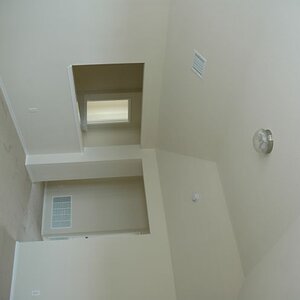

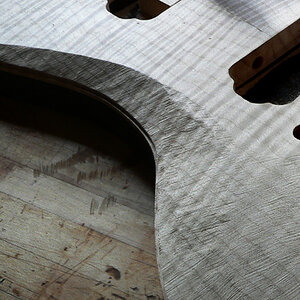
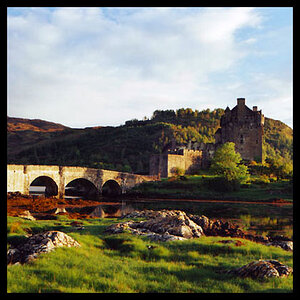
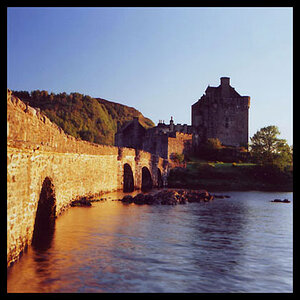
![[No title]](/data/xfmg/thumbnail/37/37636-e02c7efccb426a8951ed97a37c0f9307.jpg?1619738157)
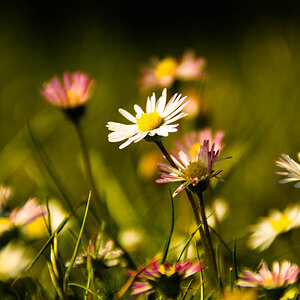
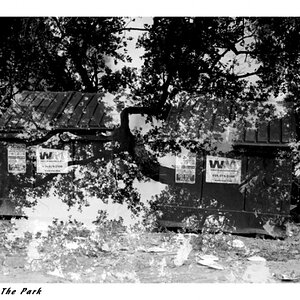
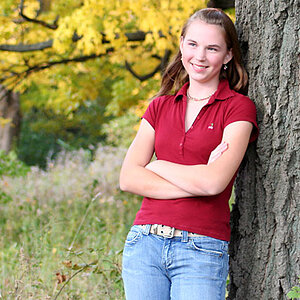
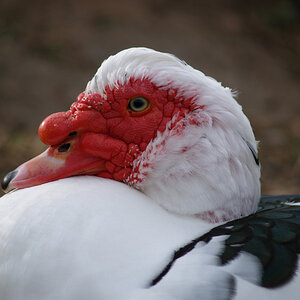

![[No title]](/data/xfmg/thumbnail/36/36396-f8e84def7352af726df923054b86284f.jpg?1619737549)